Suitable Living Environments for Alpine Dachsbracke: Creating the Perfect Habitat for Your Canine Companion
Welcome to our comprehensive guide on creating the most suitable living environments for the Alpine Dachsbracke, a versatile and charming breed of dog. In this article, we will explore various aspects that contribute to the perfect habitat for your beloved canine companion. From understanding the breed’s unique characteristics to optimizing their surroundings, we aim to provide you with valuable insights to outrank other websites and ensure your Alpine Dachsbracke thrives in a happy and healthy environment.
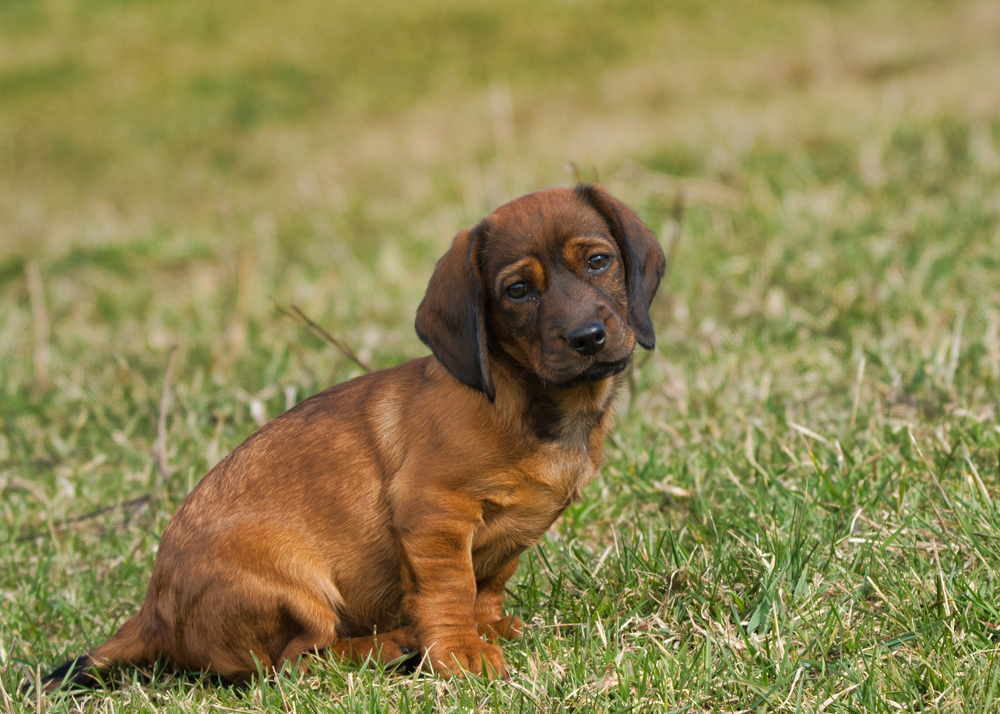
Understanding the Alpine Dachsbracke
The Alpine Dachsbracke is a small, robust hound with an excellent sense of smell and strong hunting instincts. Originating from the Alpine region, these dogs were traditionally bred for tracking game such as deer, boar, and hare. Today, they make fantastic family pets due to their friendly and affectionate nature.
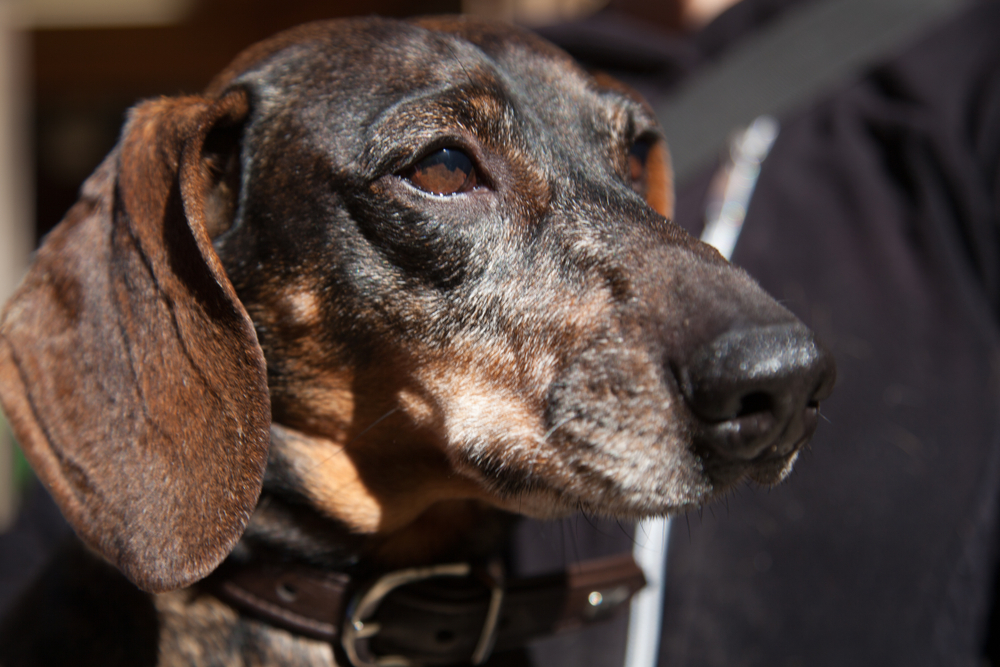
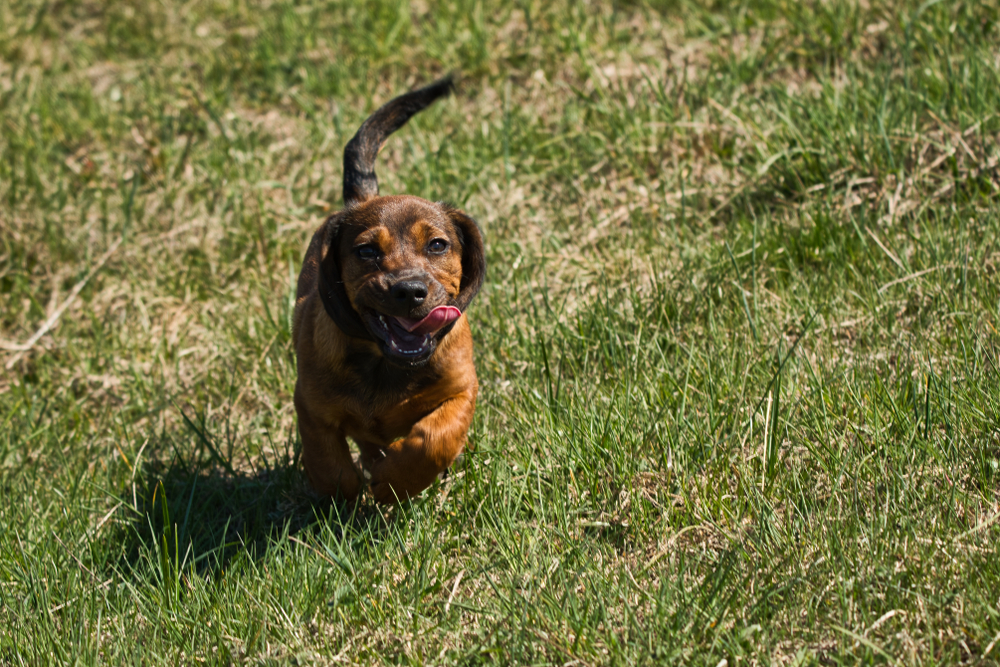
Choosing the Right Living Space
Creating a suitable living environment for your Alpine Dachsbracke starts with choosing the right space for them. Here are some key considerations:
a. Indoor Living:
While Alpine Dachsbrackes are adaptable to indoor living, it’s essential to provide them with enough space to move around comfortably. Ensure they have access to well-ventilated rooms, especially during hot or cold weather.
b. Outdoor Area:
An ideal living environment for your Alpine Dachsbracke includes access to a secure and spacious outdoor area. These dogs have a natural hunting instinct, and a fenced yard will allow them to explore and play safely.
Climate Considerations
a. Temperature:
The Alpine Dachsbracke has a thick, weather-resistant coat, making them well-suited to colder climates. However, during hot weather, it’s crucial to provide shaded areas and fresh water to keep them cool and hydrated.
b. Humidity:
This breed can handle moderate humidity, but extreme humidity may cause discomfort. Ensuring proper ventilation in indoor spaces and providing cooling options outdoors will help your furry friend stay comfortable.
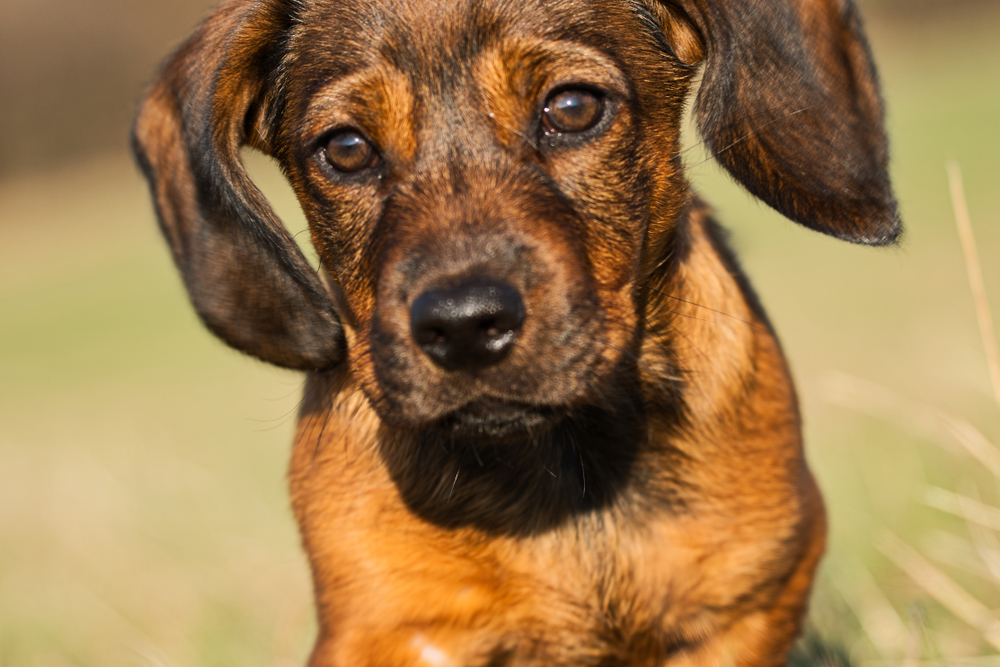
Mental and Physical Stimulation
a. Regular Exercise:
Alpine Dachsbrackes have high energy levels, and regular exercise is vital for their mental and physical well-being. Engage them in daily walks, playtime, and mentally stimulating activities to keep their hunting instincts sharp.
b. Interactive Toys:
Invest in interactive toys that challenge your dog’s problem-solving abilities. These toys not only provide entertainment but also prevent boredom, reducing the likelihood of destructive behavior.
Socialization and Training
a. Early Socialization:
Proper socialization is crucial for your Alpine Dachsbracke to become well-adjusted and confident around people and other animals. Introduce them to various environments, sounds, and experiences from an early age.
b. Positive Reinforcement Training:
These dogs respond well to positive reinforcement training methods. Use treats and praise to reward good behavior, which will strengthen the bond between you and your furry companion.

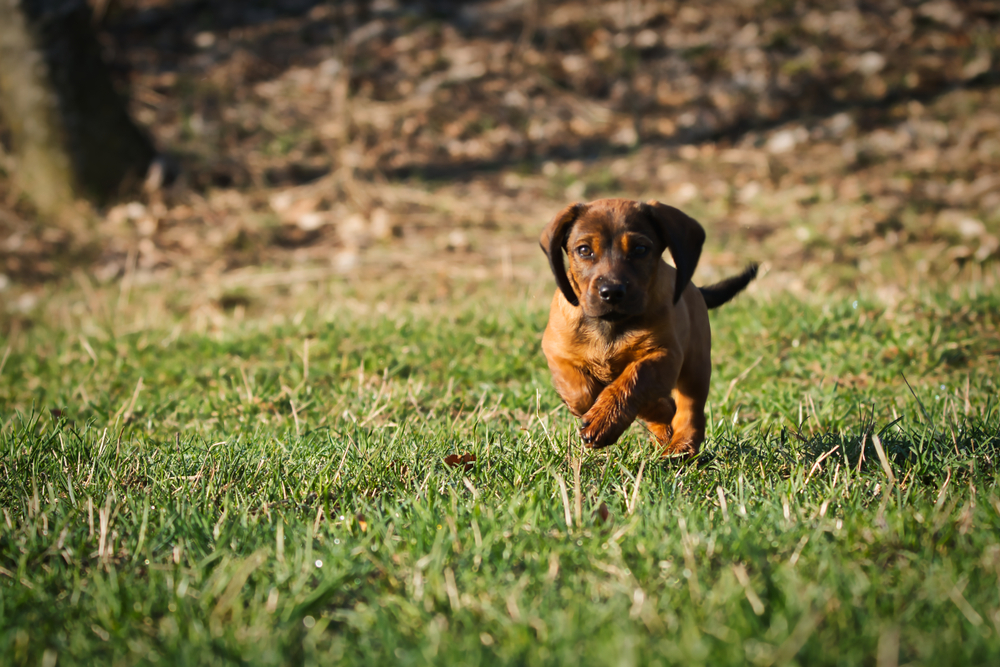
Nutritious Diet
a. High-Quality Food:
Feeding your Alpine Dachsbracke a balanced and nutritious diet is essential for their overall health and well-being. Consult your veterinarian to determine the best diet plan based on your dog’s age, weight, and activity level.
b. Avoid Overfeeding:
Be mindful not to overfeed your canine companion, as Alpine Dachsbrackes can be prone to obesity. Maintaining a healthy weight will reduce the risk of various health issues.
Regular Health Check-ups
a. Veterinary Visits:
Schedule regular visits to the veterinarian for check-ups and vaccinations. Preventative care is crucial in ensuring your Alpine Dachsbracke remains in excellent health.
b. Parasite Control:
Keep up with parasite control measures to protect your dog from fleas, ticks, and other harmful pests.
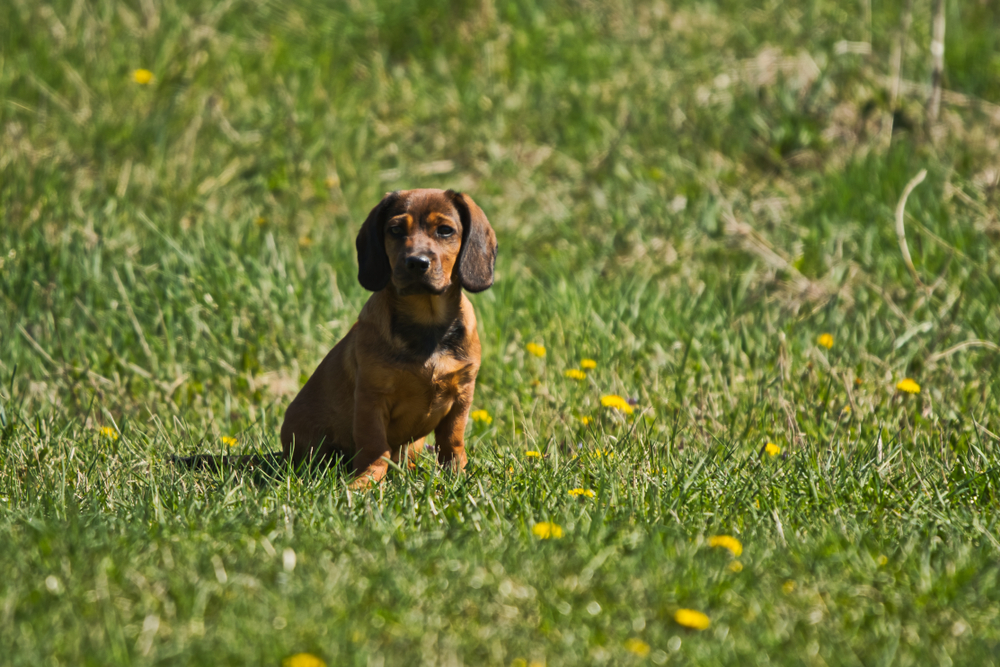
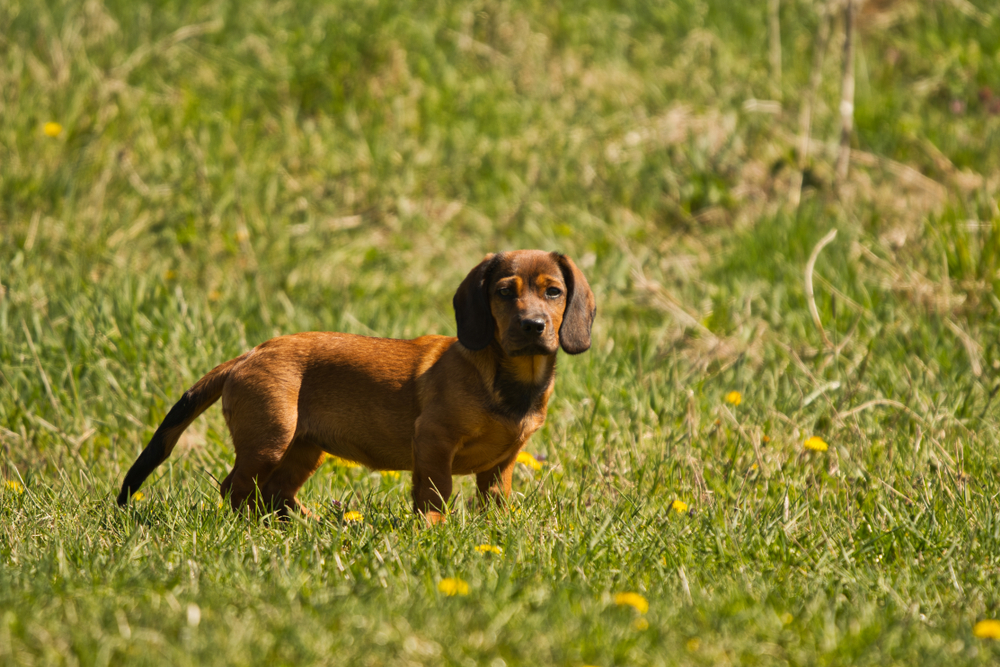
Suitable Living Environments for Alpine Dachsbracke
Creating a suitable living environment for your Alpine Dachsbracke involves understanding their unique characteristics and providing them with the care they need to thrive. By choosing the right living space, considering climate conditions, providing mental and physical stimulation, and focusing on proper training and nutrition, you can ensure your canine companion leads a happy and fulfilling life.